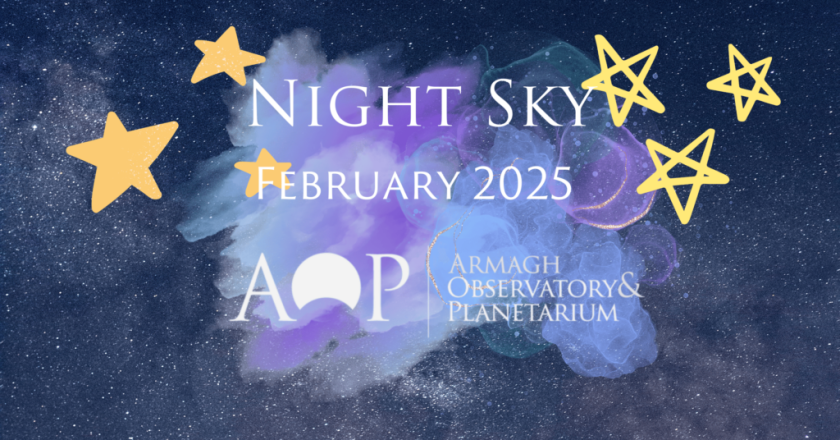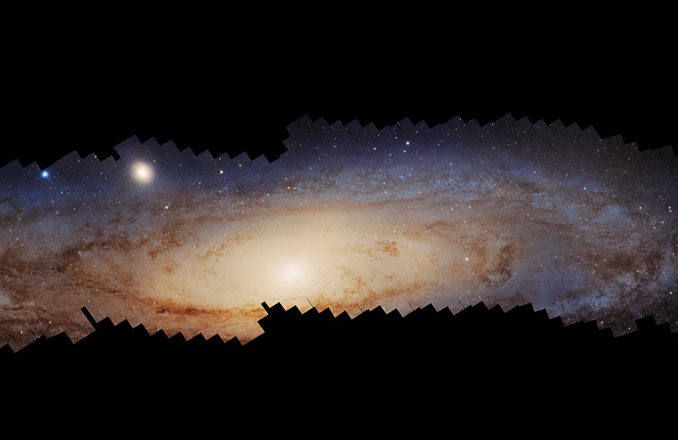February Night Sky 2025 – Astronotes
This month is an interesting one for those of us who love to stargaze. I know the nights are still cooler, so wrap up and head out to watch the stars. While the sun will gradually set later and later until the summer solstice. We will still have plenty of dark sky time. While we do, find somewhere with as little light as possible to look out to the universe.
Constellations
We are going to see some recognisable constellations for this month including Orion the Hunter (best known for his belt of three stars) and Taurus with some notable deep sky objects of its own. Both constellations are quite old, recorded by an astronomer called Ptolemy in the 2nd century, but he did not create or imagine them. They were two of forty eight constellations that he learned of while studying the stars. Back...



